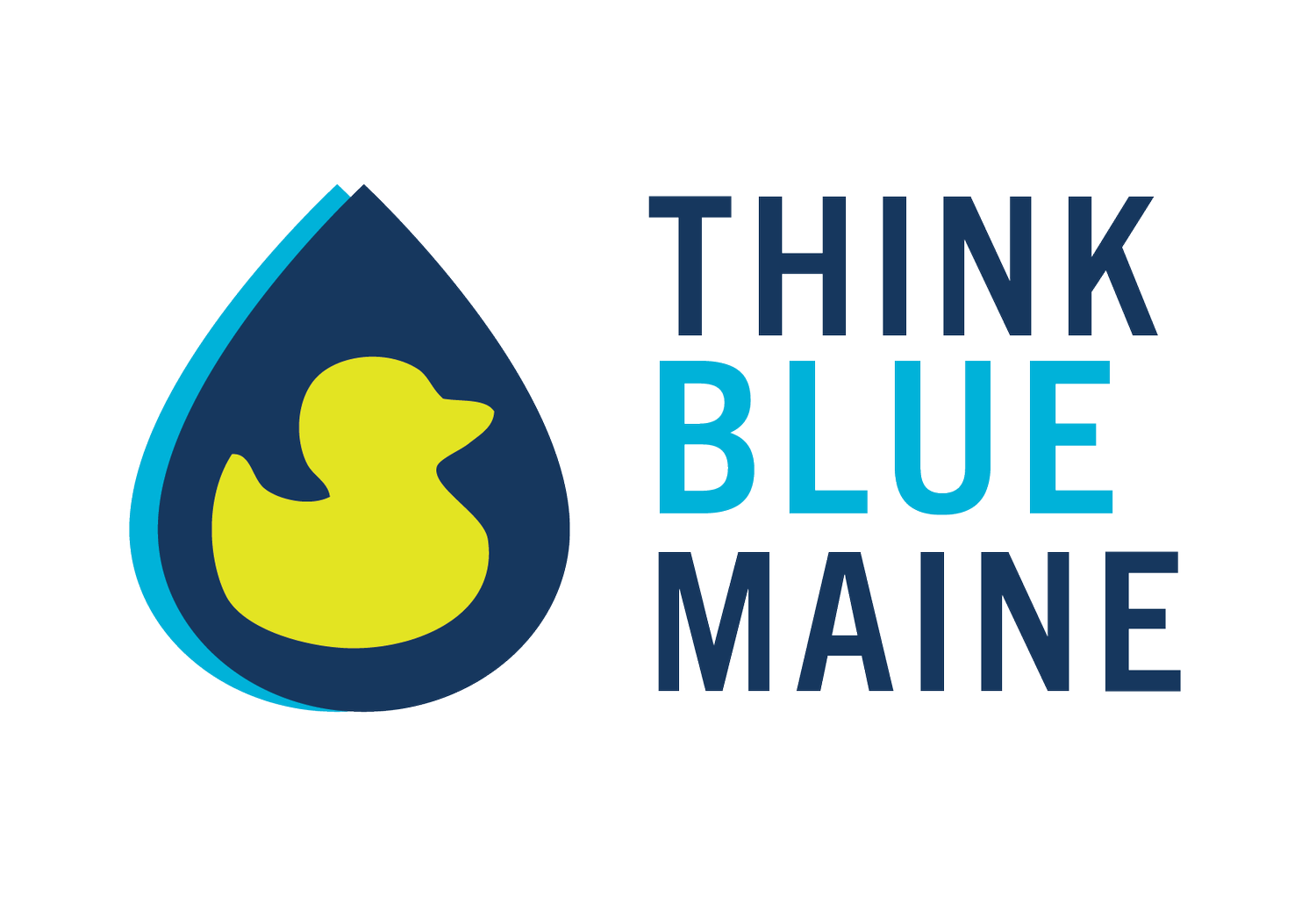DEP Contractor Certification Program
The Maine Department of Environmental Protection is hosting soil erosion certification trainings throughout the year.
Did you know? In Maine contractors must be certified in erosion and sediment control to work in the shoreland zone.
#1 Water Pollutant
Become certified in Maine DEP Erosion & Sediment Control.
Participants will learn why erosion control practices are important, be exposed to the principles of erosion and sedimentation, learn how to properly install and maintain Erosion & Sedimentation Control ('ESC') Best Management Practices (BMPs), regulations requiring ESC, using the Departments Permit By Rule process, in-water work procedures, and ESC planning. Participants are provided with information on the proper selection, installation, maintenance, and inspection of ESC practices using Maine DEPs Erosion and Sediment Control Practices Field Guide for Contractors.
Who Should Get Certified?
Contractors
Inspectors
Municipal Code Enforcement Officers
Municipal Planning and Appeals Board Members
Consultants
Engineers
Public Works Employees
Landscapers
Soil Erosion is a natural process where soil is moved by water or wind. Soil erosion reduces water quality, harms fish and other aquatic life, lowers shore front property values, increases property taxes, reduces recreational activities, and impacts the local economy through job loss and reduced business. You can reduce soil erosion by capturing stormwater runoff, slowing runoff down, spreading runoff out, and by covering bare soil with plants, gravel, mulch, and other stabilization measures.
SIMPLE PLAN
Winter Erosion and Sedimentation Control
Active Winter Construction
If construction occurs after November 1st, the site should be inspected and disturbed areas stabilized DAILY
Phase site disturbances and minimize open areas
Fully stabilize new areas before moving on
Identify snow storage locations away from water bodies
Stabilize parking and areas that need to be plowed
A site is considered permanently stabilized with pavement, a graded and compacted gravel road base, 95% mature vegetation cover, erosion control mulch, or riprap.
Controls must be used October 15 through May 1 if a construction site is not permanently stabilized.
Winter BMPs
Erosion Control Mix: Applied at least 4" thick on surfaces less than 1:1.
Overwinter Hay Mulch: Applied at double normal rate (150 pounds/1000 square feet or 3 tons/acre) and anchored with netting or a tackifier directly to soil. Soil should not be visible.
Erosion Control Blankets: Used instead of hay mulch for slopes. Install, anchor, and staple following manufacturer recommendations in full contact with soil. Cannot be used if ground is frozen.
Riprap: Used on ditches and channels with properly sized and installed angular stone.
Winter Prep - Vegetation BMPs
Temporary Vegetation: Apply winter rye at 3 pounds/1000 square feet by October 1. Use temporary stabilization (hydroseed, hay, or blankets) while seed establishes. If rye is not 3" with 75% coverage by November 1, stabilize area with overwinter hay mulch or anchored erosion control blanket BMPs.
Dormant Seeding and Mulch: Apply 3 times the specified amount after first killing frost. Cover seed with overwinter hay mulch or anchored erosion control blanket to stabilize through spring. Hydroseed stabilizers are ineffective in cold temperatures.
Sod: Used on slopes less than 3:1 and don’t have groundwater seeps. Install following supplier’s instructions. Establish before growing season ends.
Stream Smart Design
Impacts on Water Quality
Soil erosion degrades water quality by increasing turbidity, adding pollutants like nutrients and pesticides, and causing sedimentation that smothers aquatic habitats. This leads to murkier water with less sunlight, which hurts aquatic plants, and can cause algal blooms that deplete oxygen, harming or killing fish and other aquatic life.

















